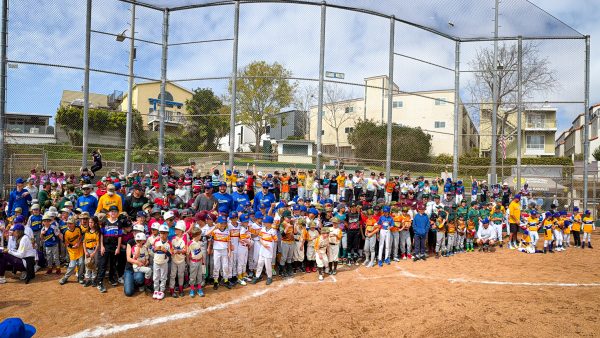
Animal control at the Manhattan Beach Police Department doesn’t usually get a lot of calls about coyotes.
But this September, the department got so many that it sent out a press release.
There were two coyote sightings on the night of Sep. 19. One person saw a coyote around 19th Street and Pine Avenue around 11:30 p.m. A little more than a mile away, a resident who lived on the 500 block of 31st Street saw a coyote with a cat in its mouth.
Animal control officers who reported to the scene didn’t find any coyotes, but they did find a dead cat in Sand Dune Park, less than a block away on 31st Street.
A week later, an officer saw a coyote in the backyard of a vacant house on Duncan Place.
“The coyote displayed no signs of aggression and was monitored for approximately one hour,” said the press release. “Later that day, the coyote moved east toward Sepulveda Boulevard.”
A spokesperson for the department said the reports were unusual and that they haven’t gotten any more since.
“We do not get calls about coyotes often; this was an extremely rare event,” wrote Stephanie Martin in an email.
However, an information officer with the California Department of Fish and Wildlife, the state body that protects plant and wildlife, wasn’t surprised to hear about the sightings.
“Having coyotes in urban development that is adjacent to the beach really isn’t that unusual,” said Janice Mackey. “Coyotes range over the entire state.”
She offered a few possible reasons for the influx.
“Their food source could have moved,” she said. “Urban sprawl could have definitely displaced them. They go where the food is. They are extremely resourceful and able to adapt to an urban environment.”
Mackey said that people often provide a food source without realizing it by leaving trash or pet food outside.
“All it takes is one neighbor in a neighborhood not to be diligent,” she said. “Everybody has to do it as a group.”
In a world where there were few to no humans, Mackey said the creatures would go “probably toward the soft foothill community, where there’s rabbits and abundant food sources.”
The press release noted that coyotes that are trapped are euthanized and that “relocating a problem coyote is not an option because it only moves the problem to another neighborhood and into another animal’s territory.”
Mackey directed people to go to keepmewild.org for tips on dealing with coyotes.











